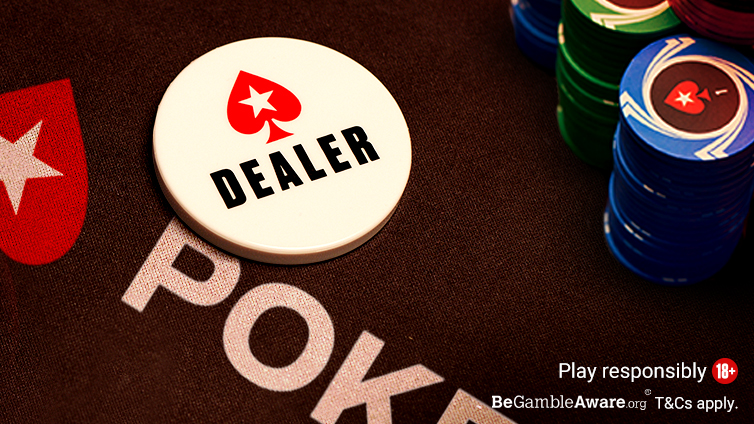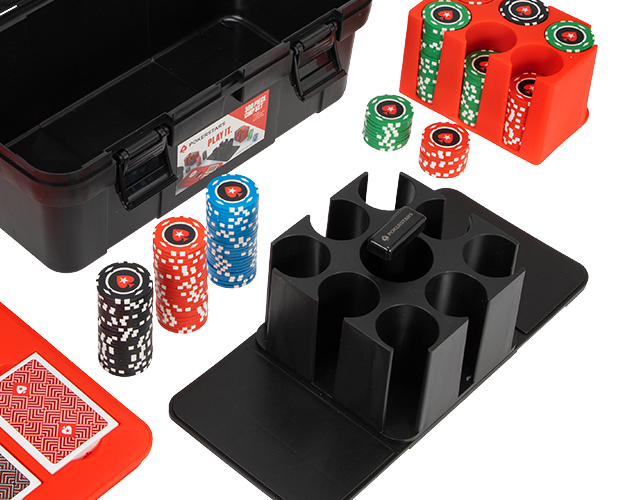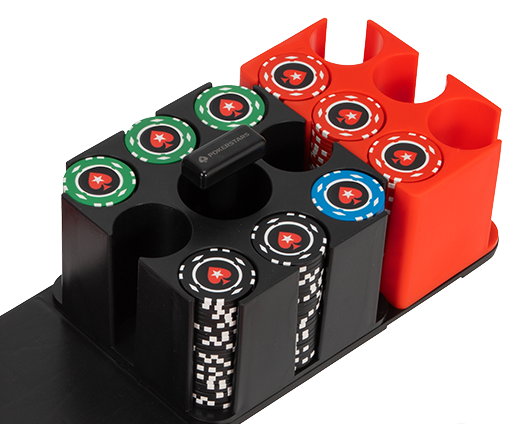When you first start playing poker around the kitchen table with friends, you only consider your position at the table when you’re being nagged to post your blind, or you realise “darn, it’s my turn to deal again”.
But the more you play, the more you’ll understand how important your position is during every poker hand in a poker tournament.
Let’s take a look at all of the table positions in a 9-handed format:
Player 1 (SB) – Early Position
Player 2 (BB) – Early Position
Player 3 (Under the Gun) – Early Position
Player 4 (Under the Gun + 1) – Middle Position
Player 5 (Under the Gun + 2) – Middle Position
Player 6 – (Lojack) – Middle Position
Player 7 – (Hijack) – Late Position
Player 8 (Cutoff) – Late Position
Player 9 (Button) – Late Position


Table positions, with dealer button circled
In this article, we’re going to focus on playing late position poker (i.e. playing from the hijack, cutoff and button). From these positions, you have a major advantage against your opponents sitting in an early or middle position.
So, how do you play the late position in poker?
Here are three poker strategy tips you can implement into your late position play.
Check out: Poker positions: seats, names and their strategies
Stealing from the button
While physically dealing the cards in a home game can be a chore, having the dealer button in front of you is a huge plus in every other way.
The button is always the best seat at the table, whether you’re playing online or at a live tournament. Not only are you in late position, meaning you get to see how six players act before it’s your turn to make a move, but you’re also guaranteed to be in position post-flop should you choose to play the hand. That means you always get to act last on the flop, turn and river, regardless of how many other players are in the hand.
Moreover, when the action is folded to you and you’re on the button, you’re presented with an excellent opportunity to raise and potentially pick up the blinds and antes uncontested (this is known as a button steal).


The “dealer” button is strategically the best position on the table
As the button is the most powerful poker late position, you should significantly widen your open range. You get to play a lot of hands and can apply tons of pressure on your opponents.
Always keep an eye on the two players to your left as they will always be in the blinds when you’re on the button. If you notice they’re playing particularly tight, it could be profitable to open any two cards on the button, with post-flop position as a safety net.
Defending the big blind
Post-flop, the big blind position is always an early position (you’ll be first or second to act on every street, depending on whether the small blind player remains in the hand).
Pre-flop, however, the big blind is the last player to act during the first round of betting, so for one street only, the big blind plays like a late position. There are certain advantages to this.
The most obvious is that you always get to close the pre-flop action. With no other players left to act behind you, you often get to defend very wide as there’s no chance you could get raised without seeing the three community cards.
Check out: Playing from the big blind: Strategy tips and things to avoid


There are advantages of being in the big blind
Plus, you also get a discount against open raises as you already have money invested in the pot. This gives you more incentive to play from the big blind, despite the fact you’ll be out of position post-flop.
It’s always great to be dealt a strong hand like pocket aces or pocket kings, but it’s especially sweet when you’re in the big blind as it gives the other players at the table a chance to build the pot for you.
Let’s say an early position player opens and a middle position player calls. If the player on the button has an appropriate holding, they may choose to 3-bet. This means by the time it gets to you and your monster hand, there’s already a big pot in the middle.
Re-steals and squeezes
A re-steal in poker is when you try to counter a player who is attempting to steal the blinds from the cutoff, button or small blind (see our first point).
Pay attention to how often the two players on your right are opening and how often they’re folding to 3-bets. If both seem high, they’re a prime target for re-steal raises.
Check out: How to exploit overly aggressive players
Re-steals are a particularly effective online poker strategy in Progressive Knock-Out tournaments (a.k.a. Bounty Builders) when the players in the blinds have short stacks and healthy bounties on their heads. A late position open could be very wide in order to isolate the short stack, but by three-betting, you apply lots of pressure and you could end up isolating the bounty for yourself.
You should also add squeezes to your late position arsenal. A squeeze play is when there has been an open raise and at least one call before it’s your turn to act and you decide to raise, putting “the squeeze” on the players with money invested.
The fact that the other players behind the open raise just called instead of raising indicates that they don’t have super strong hands and could be vulnerable to your squeeze raise. You’ve always got to be wary of traps, of course, but chances are if your squeeze gets the original raiser to fold, the callers will also have to lay their hands down.
Get free poker training from leading poker experts at PokerStars Learn, powered by Raise Your Edge.
Back to Top











